For generations of French children, ‘making their communion’ (faire sa communion) was arguably a rite of passage, combining religious ceremonies with profane feasting. Communicants and their parents customarily presented friends, relatives and even their state school teachers with small illustrated commemorative cards. That the gift was usually accompanied by small bags of sugared almonds (dragées) exemplifies the intertwining of the sacred and the secular in this event.Footnote 1 These religious images were meant to be used as bookmarks in the recipients’ missals or Bibles, but people who did not own a prayer book also treasured these ‘precious souvenirs’ (Figure 1), keeping them, for instance, in a cupboard with the family archives, in a wallet, or tucked into a poetry book.Footnote 2 The standard size of these holy cards, predominantly vertical in format, is roughly 60 x 110 mm. The recto typically includes a picture, often with a caption consisting of an aphorism, a short prayer or a quotation. In the nineteenth century, the image was sometimes surrounded by a border of delicate paper lace called canivet (Figure 1). A minority of religious cards imitate the layout of medieval illuminated manuscripts, with the illustration being placed in the margin, and the text given pride of place (Figure 2). An inscription on the verso usually includes at least the date and place of the ceremony, as well as the communicant's name. Depending on the family's wealth or religious commitment, these details could be printed, typewritten, calligraphed by an adult or handwritten by the child. Occasional traces of old adhesive tape suggest that some may have been displayed, perhaps on a wall or in a notebook. That some cards were intended for such display may be discerned in their layout, with a thin gold outline and a white space emulating the frame and mount traditionally used to enhance the visual appeal of a picture. Other signs of wear and tear, even fingerprints, are visible on some of these fragile objects (Figure 3).

Figure 1. ‘A precious souvenir of first communion’ (1885), image n° 2460, Bouasse-Lebel, Paris. Private collection. 78 x 121 mm. Photograph credit: Françoise Deconinck-Brossard. © The author.

Figure 2. ‘Rejoice with me for I have received my God. Souvenir’ (1888), image n° 859, Bouasse-Lebel, Paris. Private collection. 77 x 119 mm. Photograph credit: Françoise Deconinck-Brossard. © The author.
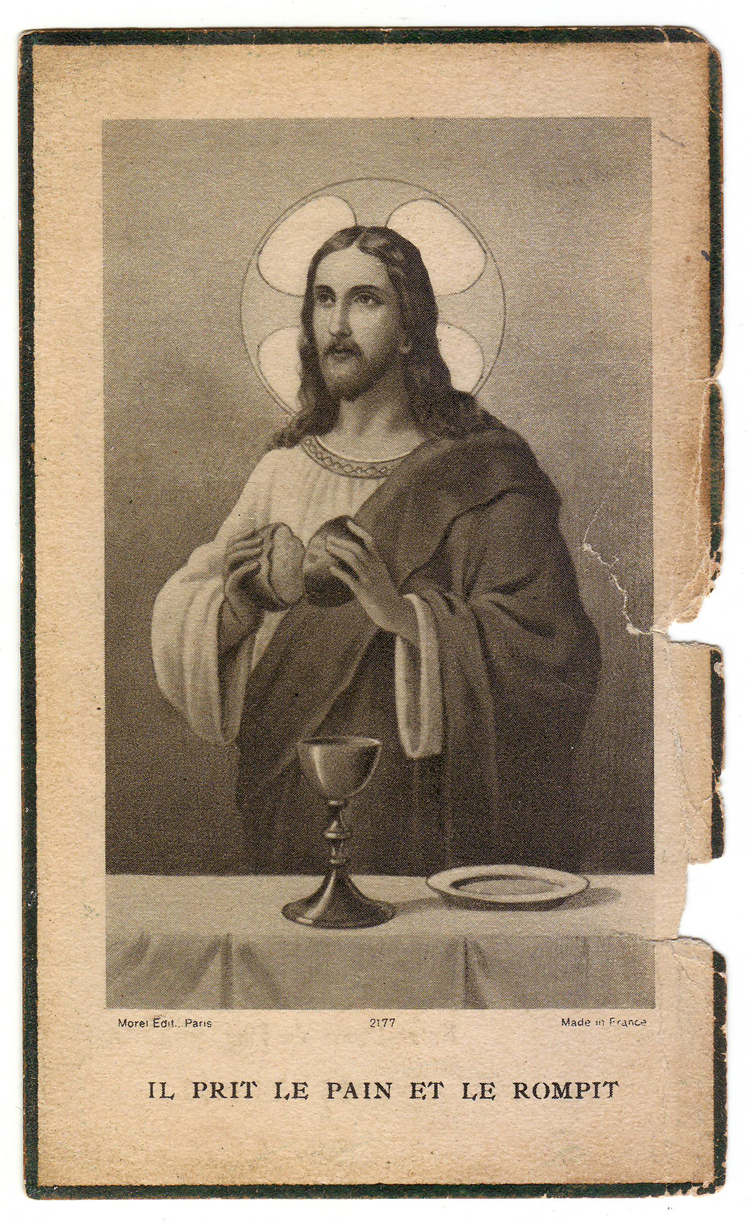
Figure 3. ‘He took bread and broke it’ (1937), image n° 2177, Morel, Paris. Private collection. 66 x 109 mm. Photograph credit: Françoise Deconinck-Brossard. © The author.
This article will analyse a small private collection of such ‘popular’ items, which can be divided into two subsets. The original collection includes 240 holy cards, collected, used and treasured over the course of a century (1885–1991) by four generations of three related branches of my family, predominantly in the Paris area. The second group comprises 150 devotional pictures used more recently (1944–2009) by a single family of practising Roman Catholic friends, with a more provincial bias and a culture of education in private Roman Catholic schools, who kindly offered to lend me their personal collection.Footnote 3 With 390 images overall, this represents a very modest assortment compared to the hundreds of thousands of such items held by libraries such as the Bibliothèque du Saulchoir (Paris)Footnote 4 and the print room of the Bibliothèque nationale de France (Paris).Footnote 5
While commemorative cards were given to mark other religious events, the vast majority of images in this small private collection commemorate admission to communion. Indeed, of the other rites regarded as sacraments by Roman Catholics (and which could similarly be considered rites of passage), only ten baptisms, five confirmationsFootnote 6 and one ordination are memorialized. Marriage is not represented, though the collection includes two jubilee cards, one of which is in thanksgiving for a golden wedding anniversary.Footnote 7 Penance and extreme unction do not appear at all,Footnote 8 perhaps unsurprisingly considering both the confidential nature of confession and the context of emergency in which extreme unction was sought and administered.
Such visual memorabilia deserve attention and study before they fall into oblivion or are discarded. Were it not for the relatively recent interest in popular art and traditions,Footnote 9 these humble objects might easily have been overlooked. They are particularly interesting as a means to explore how the representation of lived religion in a secular country with a once strong Roman Catholic tradition has changed over time. As this article focuses on usage rather than production, the dates mentioned refer to the ceremonies, rather than to the years of publication. It will consider how changes in the representation of first and solemn communion, as exemplified in these popular objects from the 1880s to the early 2020s, reflect a broader evolution in French religious culture.
First communion has a long history.Footnote 10 The earliest descriptions of a particular celebration to mark first reception of holy communion in the Roman Catholic Church date back to the early seventeenth century, while its main features had been established by the mid-eighteenth century.Footnote 11 In the seventeenth and eighteenth centuries, first communion took place at Eastertide, but after the French Revolution it became customary in France to schedule the celebration in May or June, at the end of the school year and before the harvest season.Footnote 12
The question of the age at which first communion was made emerged in the early twentieth century. In 1910, Pope Pius X allowed younger children to receive the sacrament once they had reached ‘the age of discretion, … that is about the seventh year, more or less’.Footnote 13 Pointing to the gospel accounts of Jesus's willingness to welcome all children, Pius X sought, in Quam singulari, to combat what he viewed as ‘abuses’ in the French church, namely ‘the growing custom … of postponing the First Communion of children until more mature years’, that is, until they were older than twelve.Footnote 14 What was at stake was whether or not ‘a full and perfect knowledge of Christian doctrine’ was necessary for the child to be admitted to confession and communion. Pius X wanted the children to ‘be obliged to learn gradually the entire Catechism’ after their first communion. The French clergy, on the other hand, knew from experience that many would never attend religious instruction if it was not a compulsory requirement for admission to communion.Footnote 15 Although the rite is to be found elsewhere in the francophone world, for instance in Belgium, Québec or Switzerland,Footnote 16 and in other countries with large Roman Catholic communities, only France and Alsace (which at that time was annexed to the German Empire) were explicitly mentioned in the papal decree.
From then on, first communion received at an early age was deemed to be ‘private’ and could be an event focused on an individual child during a normal eucharistic service, whereas the collective rite for cohorts of twelve-year-olds was renamed ‘solemn communion’ (communion solennelle) or – especially after the Second World War – ‘profession of faith’ (profession de foi). However, the inscriptions in our collection of images show that it took a generation for the phrase ‘solemn communion’ to be regularly used to describe what remained the major rite of passage: the first such usage is dated 1937. Moreover, despite what the Church advocated, the term ‘private communion’ never caught on. It only appears thirteen times altogether in our collection, with all instances occurring after 1952. In post-Second World War circles of practising Roman Catholics, the distinction between ‘private communion’ and ‘solemn communion’ (or ‘profession of faith’) became very clearly marked, although the latter remained the significant rite of passage.Footnote 17 With its tripartite rhythm of mass, lunch and vespers, the special clothing, photography, the distribution of images and the reception of gifts, it was a popular, day-long feast, in contrast with the much more low-key ‘private’ communion that only involved attendance at mass. A quarter of the inscriptions do not name the occasion. The omission could perhaps be explained by a desire to save the expense and labour of writing an extra line. Before 1910, there would have been no ambiguity, but after that date the meaning was implicit.
The rites of both ‘first communion’ and ‘solemn communion’ remained virtually unchanged until the early 1970s. As late as 1967, the Institut français d'opinion publique (IFOP) found that 87% of a representative sample of French adults had formally made their communion.Footnote 18 The permanence of these rites may have derived from the fact that they both manifested the three phases – or rather, the three different categories of rites – initially identified by Arnold van Gennep in his tripartite scheme: preliminary separation, liminality, and incorporation or aggregation.Footnote 19 Neither van Gennep nor Victor and Edith Turner include ‘first communion’ or ‘solemn communion’ in their lists of religious ceremonies that might be identified as rites of transition.Footnote 20 However, we can confidently accept the Gennepian invitation to apply the tripartite scheme to our own subject matter, as will become apparent.Footnote 21
After a religious retreat which included, among other activities, a question-and-answer examination designed to verify that the creed and main prayers had been learnt properly during the period of religious instruction,Footnote 22 and which ended with auricular confession, the youngsters publicly (‘solemnly’) partook of the eucharist.Footnote 23 The retreat temporarily separated the youngsters from their usual environment, their schoolfellows of other faiths and none, and their families.Footnote 24 It may therefore be regarded as the preliminary stage in the rite of passage, or even as the first rite of separation. The retreat usually lasted for three days, although some were up to a week in length.Footnote 25 A small leaflet with the programme of ‘hymns and prayers’ for a five-day retreat, followed by two days of ‘first communion’, confirmation and a thanksgiving mass in an unspecified parish in May 1914, shows a combination of ‘instruction’, attendance at religious services and a rehearsal including prayers, hymns, a procession and baptismal vows.Footnote 26 In 1937, Jean B.'s small retreat notebook (80 x 110 mm), handwritten in pencil, began with the statement that the purpose of the retreat was ‘communion and the Christian life that begins more personally’.Footnote 27 Paradoxically, in the French context of laïcité Footnote 28 – the result of the 1905 French law on the separation of the churches and the state – the children's absence from secularized state schools whilst they were on retreat was de facto tolerated.Footnote 29 In his memoirs, the country vicar Bernard Alexandre (1918–90) explained how, in his Normandy parish, the children thoroughly enjoyed the extra-ordinary experience of spending three ‘full’ days ‘together’, ‘differently’, away from school.Footnote 30 When the school-leaving age was raised – initially to fourteen in 1936, and more significantly to sixteen in 1959 – high school chaplaincies, rather than parishes, took over the ceremonies, even in state-run institutions, such as the Lycée Pasteur in Neuilly-sur-Seine on the outskirts of Paris. Indeed, an inscription on the verso of one communion card reads: ‘Bernard L. … 27 mai 1955 Lycée Pasteur – St Pierre de Neuilly’, demonstrating how some ceremonies were taking place in the church to which the chaplaincy was attached, rather than the parish where the family worshipped.
As co-education was only gradually introduced after 1959, and more generally in 1975–6, this meant that the ceremony could end up being a single-sex experience, unlike in the parishes, where all the boys and girls in a particular age group would have taken their first communion together, albeit in segregated areas of the church or at separate altar rails. This probably explains why gendered representations of communicants are to be found on commemorative images until the mid-1960s. The most extreme example is a pair of sepia monochrome images used in 1949 and 1951, in which a boy and a girl kneel on the same altar step and receive communion from the same angel, with the same landscape in the background (Figures 4 and 5). In producing both these images, the publishers were targeting two separate markets, depending on the gender of the individual communicants, whether or not they had actually taken part in single-sex celebrations.

Figure 4. 1949. Private collection. 55 x 98 mm. Photograph credit: Françoise Deconinck-Brossard. © The author.

Figure 5. 1951. Private collection. 55 x 98 mm. Photograph credit: Françoise Deconinck-Brossard. © The author.
Between mass and vespers, the communicants were treated to a festive family meal, often with Pantagruelian menus.Footnote 31 Alexandre recalled that the timing of the two religious services had to allow at least four hours for the lunch: this could be considered the second, liminal, Gennepian stage of the rite.Footnote 32 The youngsters received presents to mark their coming of age and their entry into the adult world. From that day onwards, they would be regarded as grown-ups, which often meant that their first communion would also be their last communion, or one of very few.Footnote 33 In the nineteenth-century working class environment described in Émile Zola's most famous naturalistic novel, L'Assommoir (1877), the French author explicitly connected the young Nana's entry into adulthood with her having made her first communion. He described how Nana and her friend Pauline ‘by now … ought to know how to cook, to darn socks, and to run a house’.Footnote 34 During the first communion meal, the diners arranged for Nana to start work ‘the next morning’ (dès le lendemain).Footnote 35 In the following century, Bernard Alexandre's catechumens looked forward to being allowed to help themselves to food at the family table once they had made their communion. In Gennepian terms, they had reached the stage of ‘incorporation’ into the adult word. The retired vicar cogently commented that ‘here the religious act still ha[d] a social impact.Footnote 36
In exchange for the profane and religious gifts that they received, the youngsters distributed commemorative cards to guests. They also presented images to their teachers the following week and exchanged them with their schoolfriends, which explains the great variety in styles that can be found among cards from a single child. For instance, eight different images, with a wide range of aesthetic and religious styles, commemorating Jean B.'s communion in Paris on 23 May 1937 are extant. They include not only monochrome rectangular pictures with simple frames (Figure 3), but also more sophisticated cards with deckle or feathered edges, and a composition showing a frame within a frame, a technique traditionally used in the visual arts to draw the spectator's attention to the subject. Three of these items represent Jesus Christ, and the Virgin Mary appears in five images, although not always as the central character. The captions are as varied as the pictures. Contrary to the common belief that Roman Catholic laypeople were long kept ignorant of the Bible, a gospel quotation (Matthew 19: 14) is illustrated by a black-and-white picture with a classical three-distance composition showing Christ surrounded by several children.Footnote 37 Even though the chapter and verse are not explicitly identified, there would have been no doubt about the source of the text. This is not at all an isolated case in the collection. Two other quotations are attributed to Ignatius of Loyola (1491–1556) and the prelate and apologist Louis-Gaston de Ségur (1820–81), son of the famous children's author, the Comtesse de Ségur. Some of the other captions include prayers and maxims.
A generation later, communion cards continued to be varied in style. François P. had at least three images, again in completely different styles, for his ‘solemn communion’ in Rouen on 6 May 1964. They range from a sepia monochrome portrait of the Madonna by the Italian Renaissance painter Bastiano Mainardi (1466–1513) to contemporary religious art with simplified outlines. Here, a young Jesus is depicted, with a limited palette, as he blesses the bread and wine, with his right hand raised in a benediction gesture reminiscent of Byzantine art, icons or medieval statues. Étienne P. had no fewer than eleven cards for his profession of faith in a private school in Rouen on 14 May 1966, the majority comprising black-and-white photography, with two very simplified imitations of a manuscript. Even though it would be far beyond the scope of this article to address the complex issues of marketing and supply,Footnote 38 the variety suggests that communicants’ parents were able to select a range of images that appealed to them (or to their children), and which characterized their religious and artistic tastes. There must have been plenty of choice, as the collections under discussion contain very few instances of duplication. One exception is the reproduction of Leonardo da Vinci's Last Supper (c.1495–8) with its horizontal format, unusual for these commemoration cards (Figure 6). This image was used by two different families thirty years apart (1907 and 1937), which suggests that it had lasting appeal.Footnote 39 As well as reproductions of popular artworks, a number of motifs recur, such as a candle, a reminder of the communicants’ renewal of their baptismal vows (with the lighting of a candle) at vespers, which took place after the celebratory meal. Vespers often ended with a prayer known as an ‘act of consecration to the holy Virgin’ in which the communicants ‘offered their hearts’ to Mary and asked for her guidance and ‘motherly protection’ in order to remain faithful to their commitment to follow Jesus and ‘persevere in their love of God’.Footnote 40 This may partly explain the large number of representations of the Virgin in the collection under discussion.

Figure 6. ‘The Last Supper’ (1907, 1937), image n° 2.500, Morel, Paris. Private collection. 111 x 67 mm. Photograph credit: Françoise Deconinck-Brossard. © The author.
Confirmation sometimes took place the following day, or even on the same day. To some extent, the summary of the religious experience of Jean-Marie D. (born in November 1946), printed on the reverse of his holy card, exemplifies the post-1910 distinction between private and solemn communion: ‘The great days of my life: BAPTISM 6 May 1947 — PRIVATE COMMUNION 13 April 1952 — Profession of Christian faith and Confirmation 1 May 1958.’Footnote 41 Holy cards usually only included the date of a single ceremony on their verso. This particular card is unusual in including several. The wording of the inscription, with its use of the first-person singular pronoun, shows that devotional pictures were meant to be kept as souvenirs, not only by friends and family, but also by the communicants themselves. The use of capital letters suggests that, in this devout family, the first private communion (at the very early age of five and a half in this particular case) was regarded as more momentous, from a religious point of view, than the later profession of faith, even though it was the latter which remained the major rite of passage, as has been seen above.
Over time, the only major change in the rite was in the communicants’ traditional clothes, which are repeatedly depicted on these holy cards. Before the Second World War, girls’ communion outfits resembled an elaborate wedding dress, albeit slightly shorter, with a long veil held in place by a tulle cap and / or a flower crown, together with a small white purse, an adult's missal, rosary beads and a candle (Figure 7). The garments would sometimes be hired, and professional photography arranged to commemorate the event. At other times, however, these items would be part of the gifts for the occasion, as portrayed by Zola:
The thought of the white communion dress made Nana dance with joy. The Lorilleuxs as godparents had promised to provide the dress, a gift which they advertised throughout the building. Mme Lerat was to give the veil and cap, Virginie the purse, Lantier the prayer book, with the result that the Coupeaus could look forward to the ceremony without much to worry about.Footnote 42
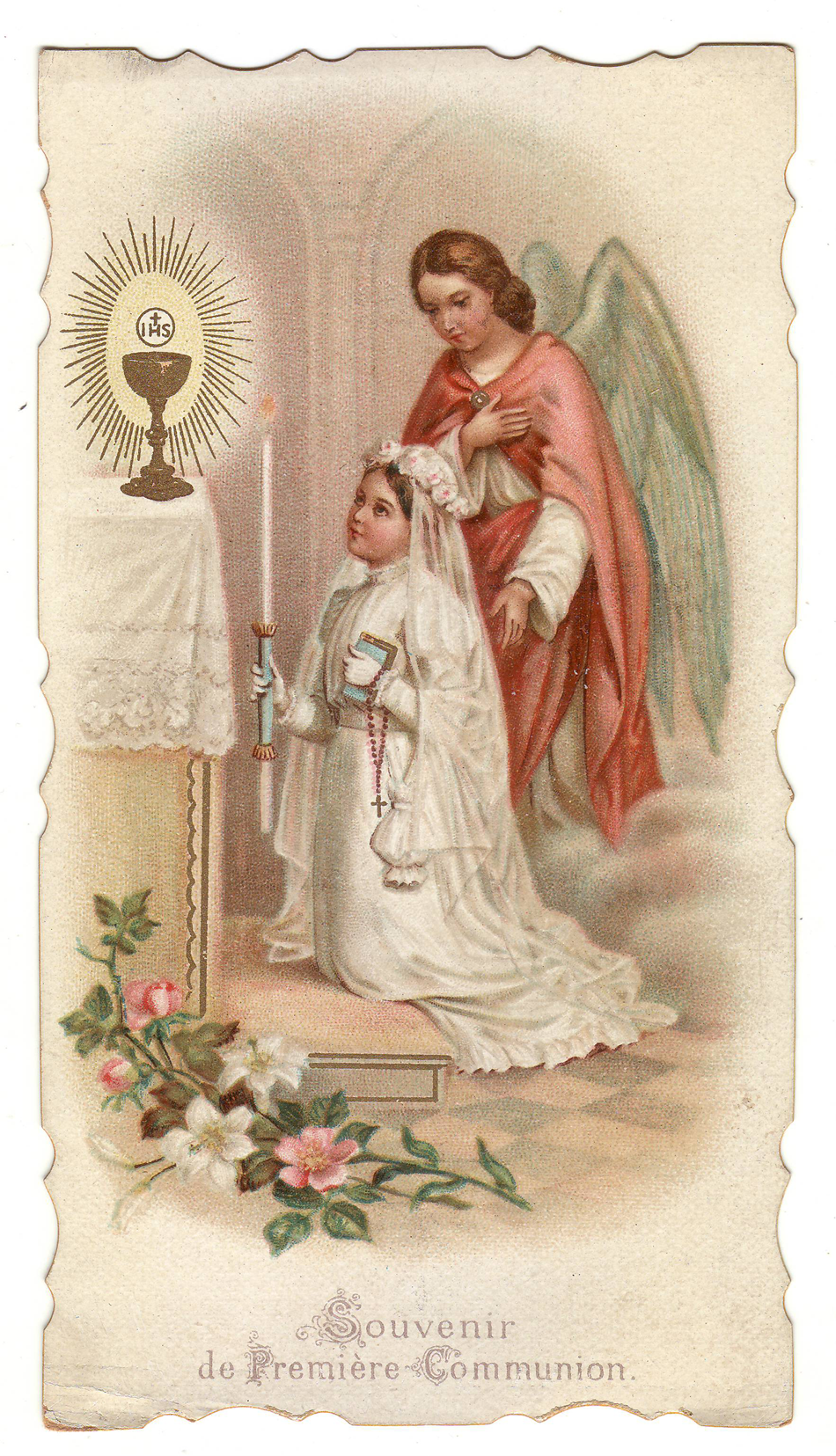
Figure 7. ‘Souvenir of first communion’ (1904). Private collection. 67 x 123 mm. Photograph credit: Françoise Deconinck-Brossard. © The author.
Boys’ clothes represented a smaller outlay. Male communicants wore trousers (rather than shorts) for the first time in their lives, a symbol of their entry into the world of adulthood. On the left sleeve of the jacket, an armband knotted with a long white ribbon symbolized the purity of the communicant's soul as he approached the sacrament. Along with the candle, the armband and knotted ribbon became visual shorthand for male communion in pre-Second World War devotional pictures.
However, after the Second World War, these quasi-wedding garments were gradually replaced by unisex albs that were supposed to mask social inequality, since all the communicants now wore the same clothes, which the parish or chaplaincy church often arranged to hire at a reasonable price. At first, girls still had to cover their heads, usually with short veils or small caps, even though they now wore the same robes as the bare-headed boys. The new fashion soon found its way onto holy cards,Footnote 43 where the alb now represented the ‘solemn communion’ or ‘profession of faith’. As white prevailed in the depiction of the central subject, whether male or female, the traditional pictorial order of colours continued to be reversed, with a dark background remaining a widespread feature (Figure 8).
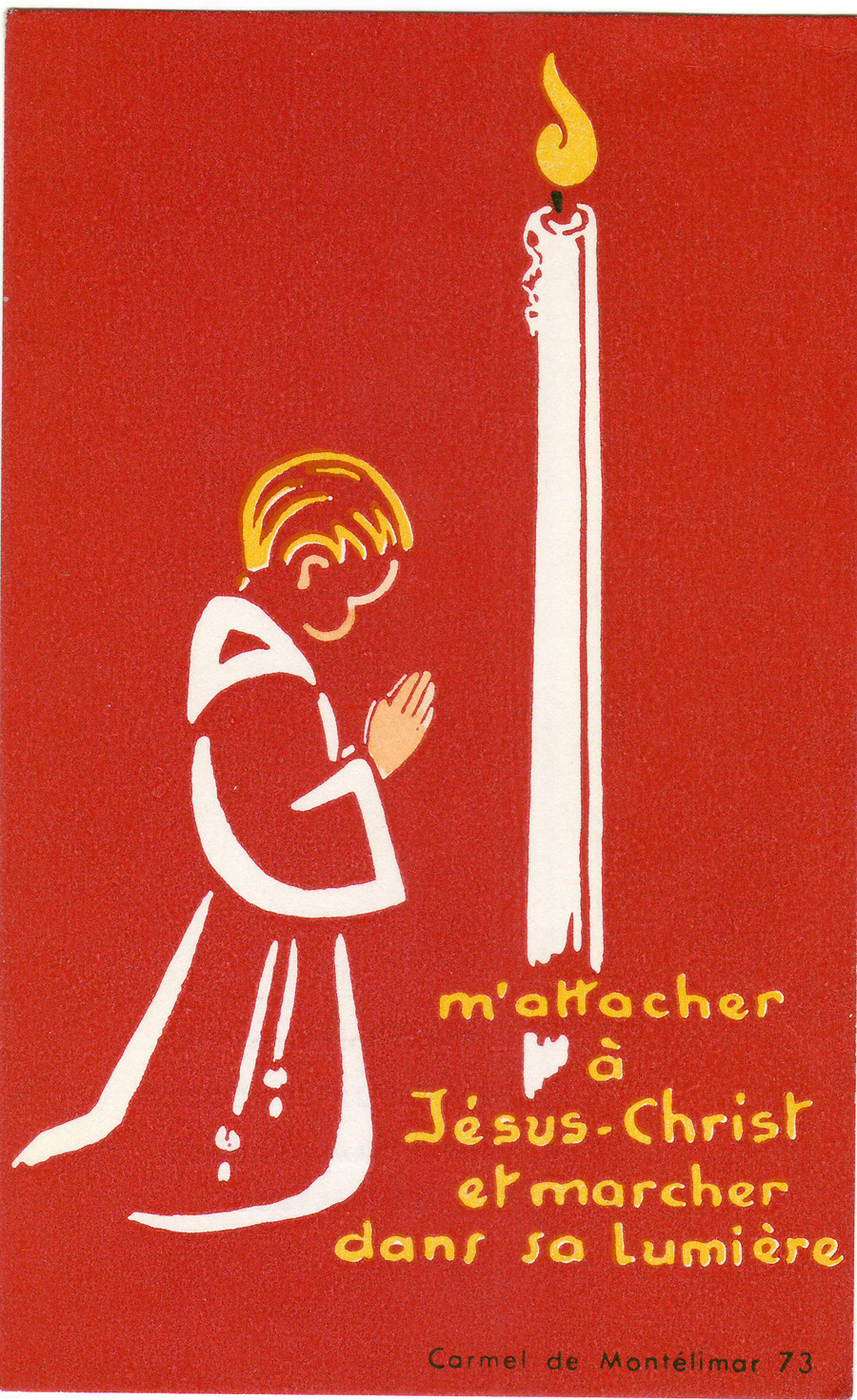
Figure 8. ‘To unite myself with Jesus Christ and walk in his light’ (1966), image n° 73, © Carmel de Montélimar, Montélimar, now at Develier, Switzerland. Private collection. 70 x 112 mm. Photograph credit: Françoise Deconinck-Brossard.
In some places, the images themselves were blessed by the priest at the end of the mass, ahead of their distribution to friends and family.Footnote 44 Although the rite was the communal experience of a specific age group, until the 1950s these devotional images portrayed the act of communion as a highly individual religious experience. Only a handful show several communicants or groups of children. In some of these rare instances, the youngsters are not even wearing the traditional communicants’ clothes. However, even if depicted alone, the child was understood to be part of a community: the text printed on the recto often emphasizes the child's intercession for family and friends, for whom the communicant acts as a mediator (Figure 9). Moreover, the fact that the images were circulated as gifts highlights their significance as signs of identity and of belonging to a community of Roman Catholic believers, however intermittently the members of that community may have practised their religion. Beyond the earthly community, the communicants were also assisted, in turn, by the mediation of the communion of saints. Many images used until the early 1950s show the youngsters being either led to the altar for communion, or brought in front of the tabernacle for adoration, by one or several angels (Figure 7), the Virgin Mary or, more rarely, a saint such as St Joseph or St Bernadette, often accompanied by other angels or cherubim. The communicant was not alone in his or her approach to the sacrament. The sense of awe generated by Christ's real presence was emphasized visually. Drawing on a variety of pictorial techniques borrowed from classical painting, artists designed devotional pictures that focused on Christ, or the host and chalice.Footnote 45 In some of these images, a leading line in the foreground diagonally guided the communicants’ eye to the hand from which they were receiving communion, or to the host in a monstrance or tabernacle, while accompanying angels and saints modestly remained in the background or in the second part of the foreground (Figures 7 and 9). Moreover, the classical rules of perspective were applied in such a way as to direct the viewer's eye to the central figure. For instance, the step on which the communicant knelt out of reverence towards the sacrament, together with any floor tiles, provided convenient vanishing lines (Figures 4, 5 and 7).
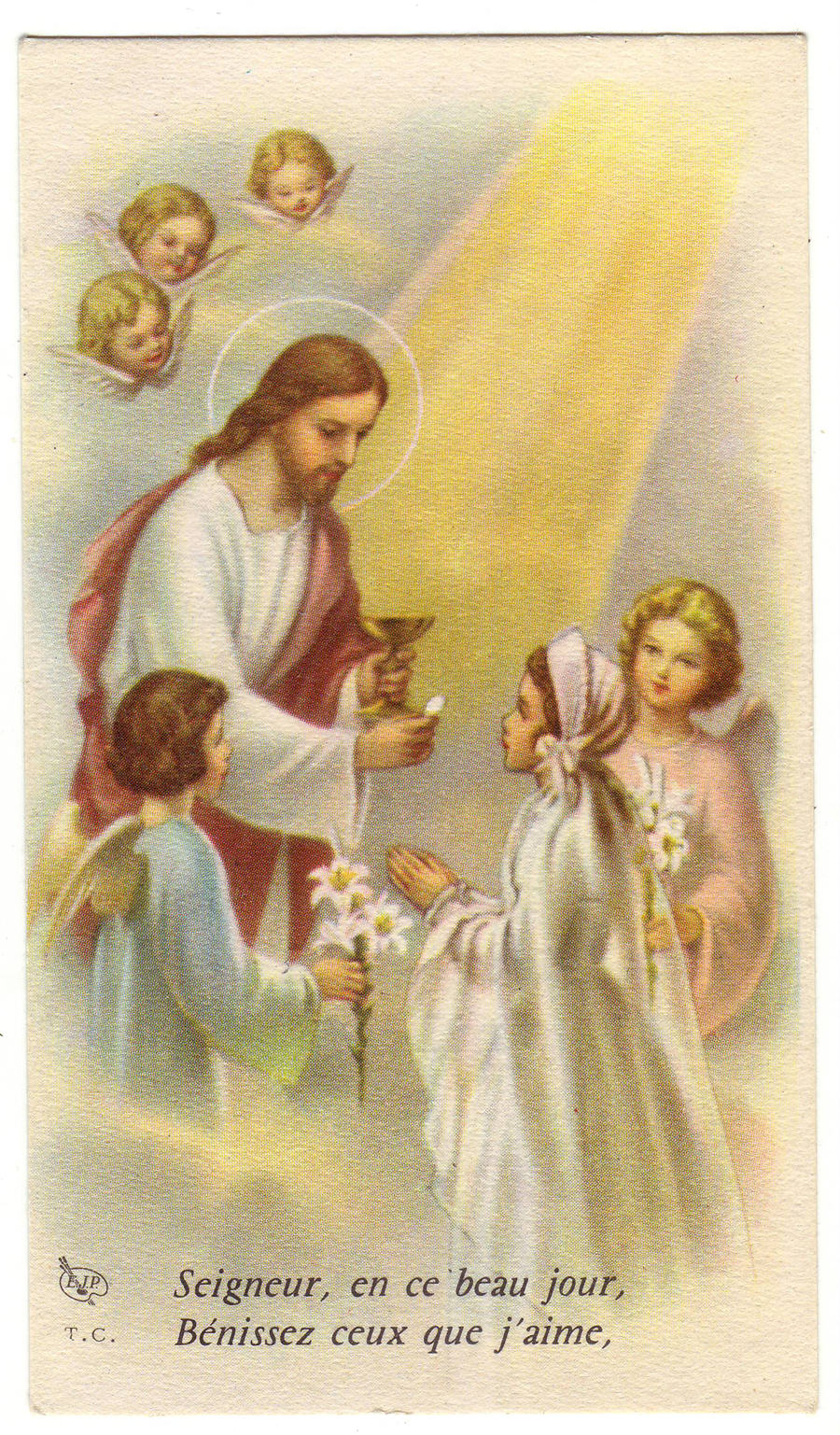
Figure 9. ‘Lord, on this beautiful day, bless those whom I love’ (1959), É[tablissement] J[acques] P[etit], [Angers]. Private collection. 60 x 104 mm. Photograph credit: Françoise Deconinck-Brossard. © The author.
Paradoxically, the emphasis on transubstantiation often led artists to replace the celebrant with Christ himself, with many pre-1960s pictures showing boys and girls receiving communion directly from him. In one instance, Christ is even wearing clerical vestments (Figure 10).Footnote 46 Such an identification visually represents the doctrine defined in the Decree for the Armenians (1439) at the Council of Florence (1438–45), which stated that the priest makes this sacrament in persona Christi. Footnote 47 Arguably, such a representation of two simultaneous modes of Christ's presence, one physical and one sacramental, may be interpreted as ‘a negation’ of the Roman Catholic belief that the real presence of Jesus Christ in the eucharist differs from the mode of his presence during his life on earth.Footnote 48 Similarly, the representation on some of the cards of the infant Jesus distributing communion to young children, or having his Last Supper with them, was perhaps intended to appeal to youngsters, but seems to deny the eucharistic memorial of the life and resurrection of Jesus Christ. One rare instance, used in 1963, shows a communicant wearing an old-fashioned armband; a window in the background refers to the transfiguration or the resurrection, a combined reference to the depiction of an elevated Christ with both arms raised in Raphael's famous painting of The Transfiguration of Christ (1516–20) and to the panel of the Resurrection on the Isenheim altarpiece (1512–16) by Matthias Grünewald, as if the transfigured Christ had borrowed the red cloak of the risen one (Figure 11).
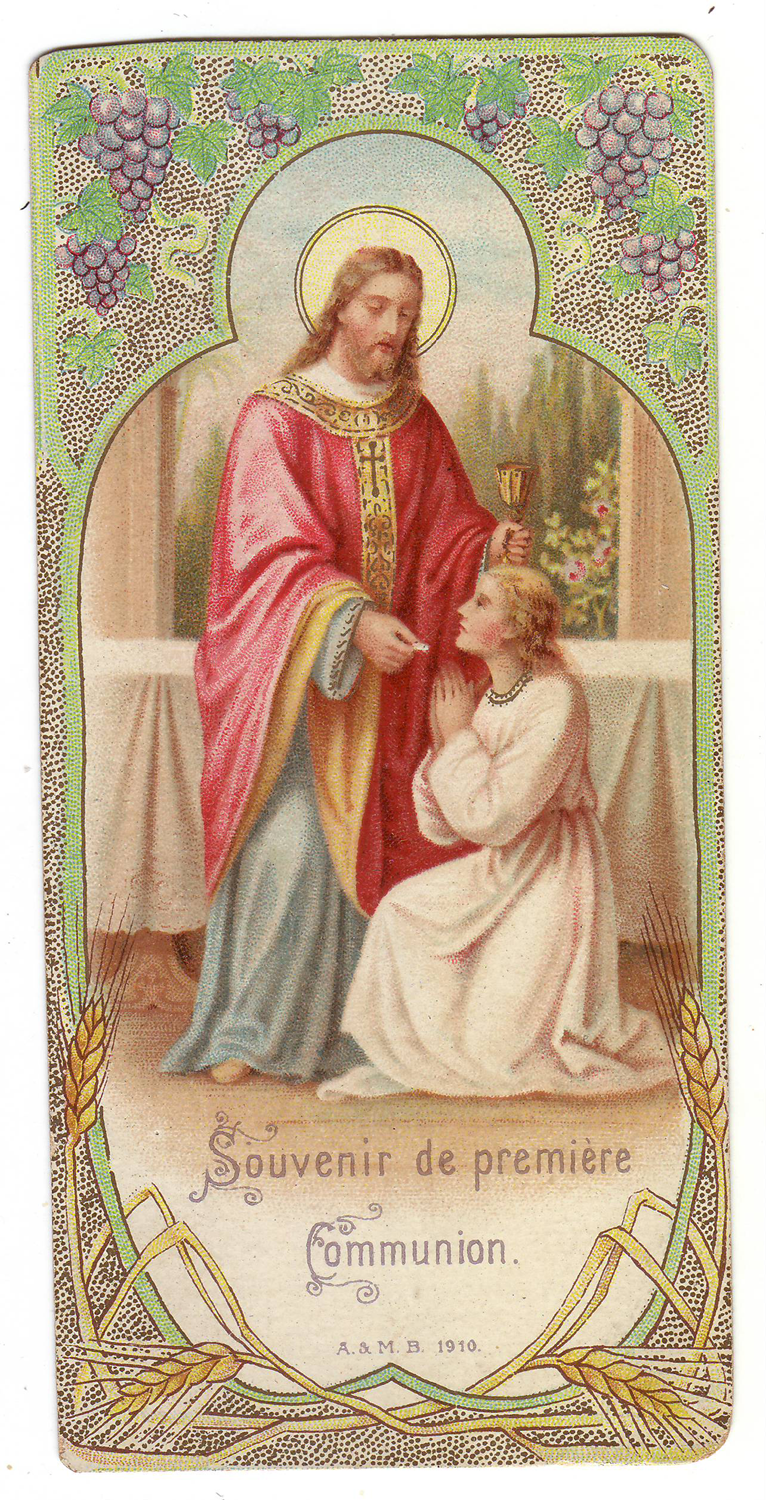
Figure 10. ‘Souvenir of first communion’ (1912), A. & M. B. [unidentified], n.pl. Private collection. 47 x 102 mm. Photograph credit: Françoise Deconinck-Brossard. © The author.
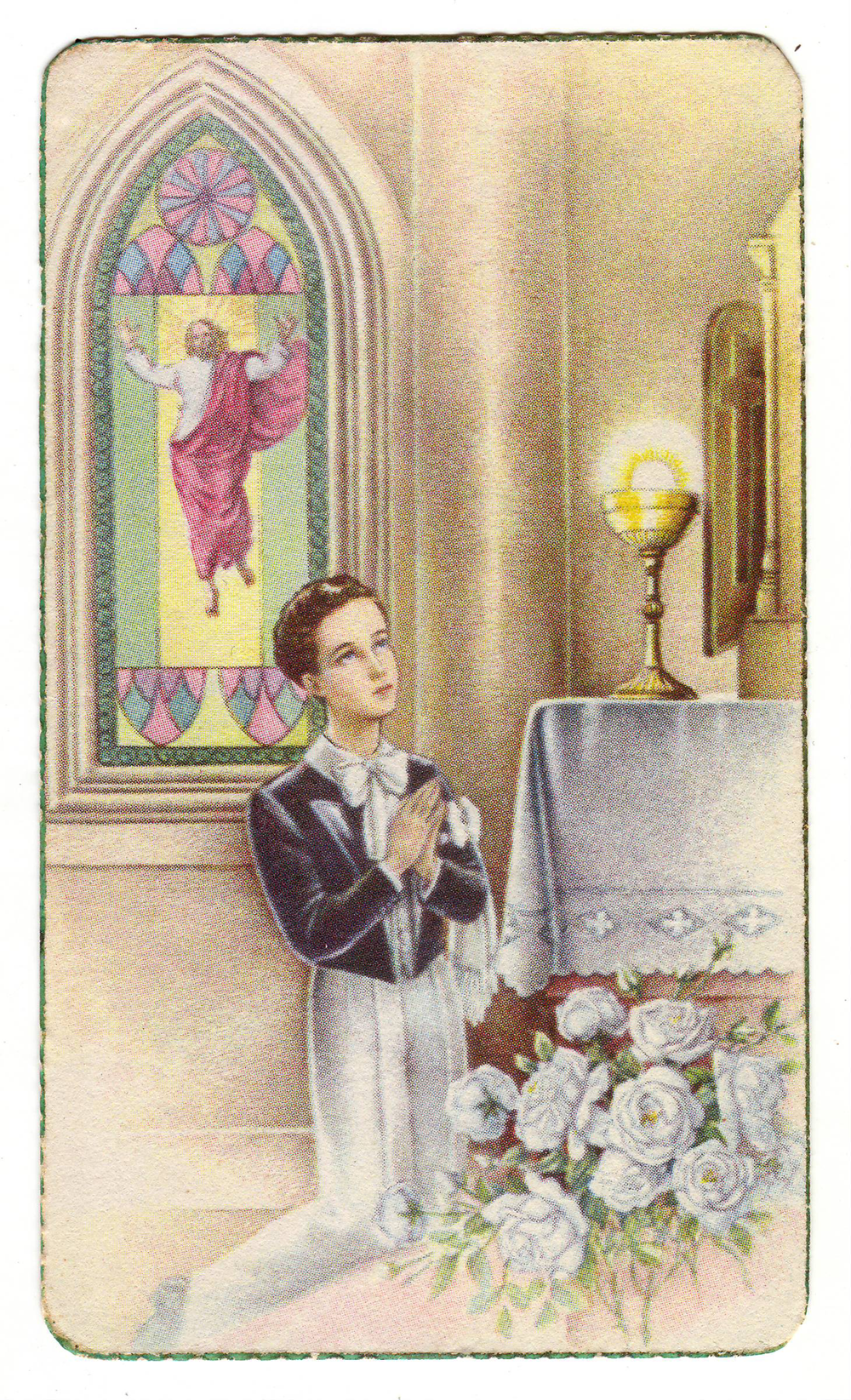
Figure 11. 1963. Private collection. 56 x 96 mm. Photograph credit: Françoise Deconinck-Brossard. © The author.
The reception of communion from the hands of angels (Figures 4 and 5) might appear even more unorthodox, were it not for the traditional description, until at least 1960, of the eucharistic host as ‘the bread of angels’.Footnote 49 The phrase dates back to Thomas a Kempis's Imitation of Christ, with a reference to Psalm 78: 25 and John 6: 33–51: ‘Thou givest unto me the meat of heaven and the bread of angels which is the bread of life.’Footnote 50 Likewise, one would search Scripture in vain for a reference to the recurrent theme of the holy Virgin receiving communion from the hands of St John, presented as a model of sanctity. This popular scene is inspired by the revelations of seventeenth-century mystic Mary of Jesus of Ágreda regarding the life of the Virgin Mary.Footnote 51
From the early 1960s,Footnote 52 that is to say before, during and immediately after the Second Vatican Council (1962–5), and before the events of May 1968, the landscape changed radically, both from an aesthetic and spiritual point of view. Gone were the three-dimensional representations based on Renaissance practice, which gave depth to the scenes and borrowed artistic techniques from classical art. These gave way to simplified images without backgrounds, silhouette-style drawing and flat, two-dimensional colour poster style. The act of communion lost all its mediators: angels and saints disappeared from religious cards. However, images relating to Marian devotion remained widespread. Mary was sometimes represented as the central figure, particularly with several different representations of ‘Our Lady of all Joy’ (Notre-Dame de toute joie). However, she was more often invoked as a mediator and intercessor. For instance, the caption of an image used in 1986, showing male and female communicants gathered around a large thick candle near a statue of the Virgin, reads ‘O Mother of LIGHT, hear our prayer’ (Ô mère de LUMIÈRE entends notre prière). On another image, used in 1960, a female communicant addressed the Virgin in words attributed to St Bernadette: ‘Virgin Mary, keep my heart for Jesus and Jesus in my heart’ (Vierge Marie gardez mon cœur à Jesus et Jésus dans mon cœur). References to the eucharist became more allusive or symbolic, although quotations on the recto of images included excerpts from the liturgy, especially the rite of peace or the invitation to behold ‘the Lamb of God’. Both colour and black-and-white photography were introduced and widely used. Images sometimes showed the portrait of a boy or girl wearing an alb, whether the actual communicant or a posing model. Other photographs showed religious statues, church buildings, beautiful landscapes, liturgical moments, or a close-up shot of the act of communion itself against an unidentified, neutral background. In the increasingly secularized world of the late twentieth and early twenty-first century, communion and ‘profession of faith’ images have often become general statements of faith, rather than specific references to the eucharist.
In the 1960s and 1970s, the rite of ‘first communion’ was much criticized for being ‘pagan folklore’, rather than a Christian feast.Footnote 53 In response to such objections, and in the quest of spiritual authenticity, it was abolished in many parishes. Even where it survives, some of its traditional features have been altered. The profession of faith and solemn communion now take place during mass, and the communicants are not expected to attend vespers. The retreat will often be organized out of school hours, shortly but not immediately before the event. In addition, the social context has changed radically. Practising Roman Catholics now represent less than 5% of the French population,Footnote 54 to the extent that they may be said to belong to a minority church. With the post-Vatican II liturgical reforms, especially the widespread use of vernacular language, most laypersons now consider it unnecessary to own a proper missal, with some subscribing to ephemeral monthly or yearly missals. As a result, sales of pious bookmarks (including holy cards) have plummeted.Footnote 55 The number of young communicants has dwindled, and the tradition of solemn communion and profession of faith has lost much of its impact on the local economy. The 2020 lockdown cancelled or delayed most ceremonies. In 2021, with restrictions aiming at reducing the spread of COVID-19, cohorts of communicants had to be split into smaller groups in order to abide by government regulations regarding the number of people allowed to be seated indoors at any one time. In at least one semi-rural parish in the Paris area, a series of pious images designed and produced by the Benedictine monastery of Jouarre (Île-de-France) found a new use. These were glued onto large decorative boards prepared by the youngsters during their retreat in order to decorate the church on the day of their ‘profession of faith’. None of these images focuses on the act of communion, but they include short prayers as well as excerpts from the liturgy, especially the Lord's Prayer, including the petition to ‘give us this day our daily bread’, illustrated with two green fishes and three loaves of bread,Footnote 56 as well as a confession that ‘he is risen CHRIST our Hope’.Footnote 57 The final image shows a group of communicants holding their candles, with the text ‘Go and tell all your brethren that God exists and that he loves us’.Footnote 58 The words ‘God exists’ and ‘loves’ are highlighted through the use of different colours, and a cross in the background specifies the Christian context (Figure 12).
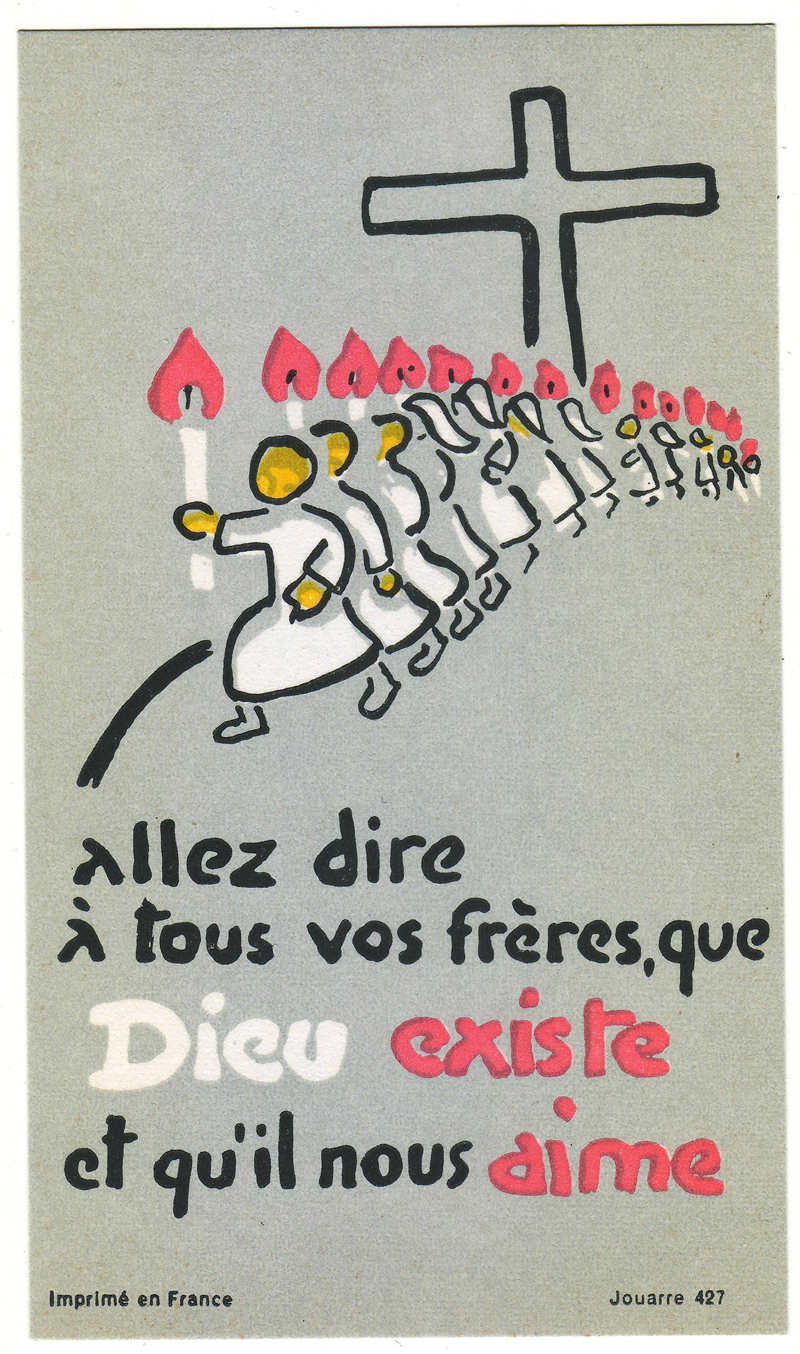
Figure 12. ‘Go and tell all your brethren, that God exists and that he loves us’ (2021), image n° 427, 70 x 120 mm. © Ateliers de l’Abbaye de Jouarre, Jouarre, reproduction interdite.
One may conclude that, over the course of the past century and a half, French commemorative communion images have evolved to mirror the changes within French society. Earlier images focussed on a personal and intimate communion with God in the eucharist, represented by an emphasis on transubstantiation, along with Marian devotion. Later images, more allusive and symbolic in nature, capture the move away from a clearly defined Roman Catholic religious culture towards the more diffuse apologetics of a post-Christian world.

















